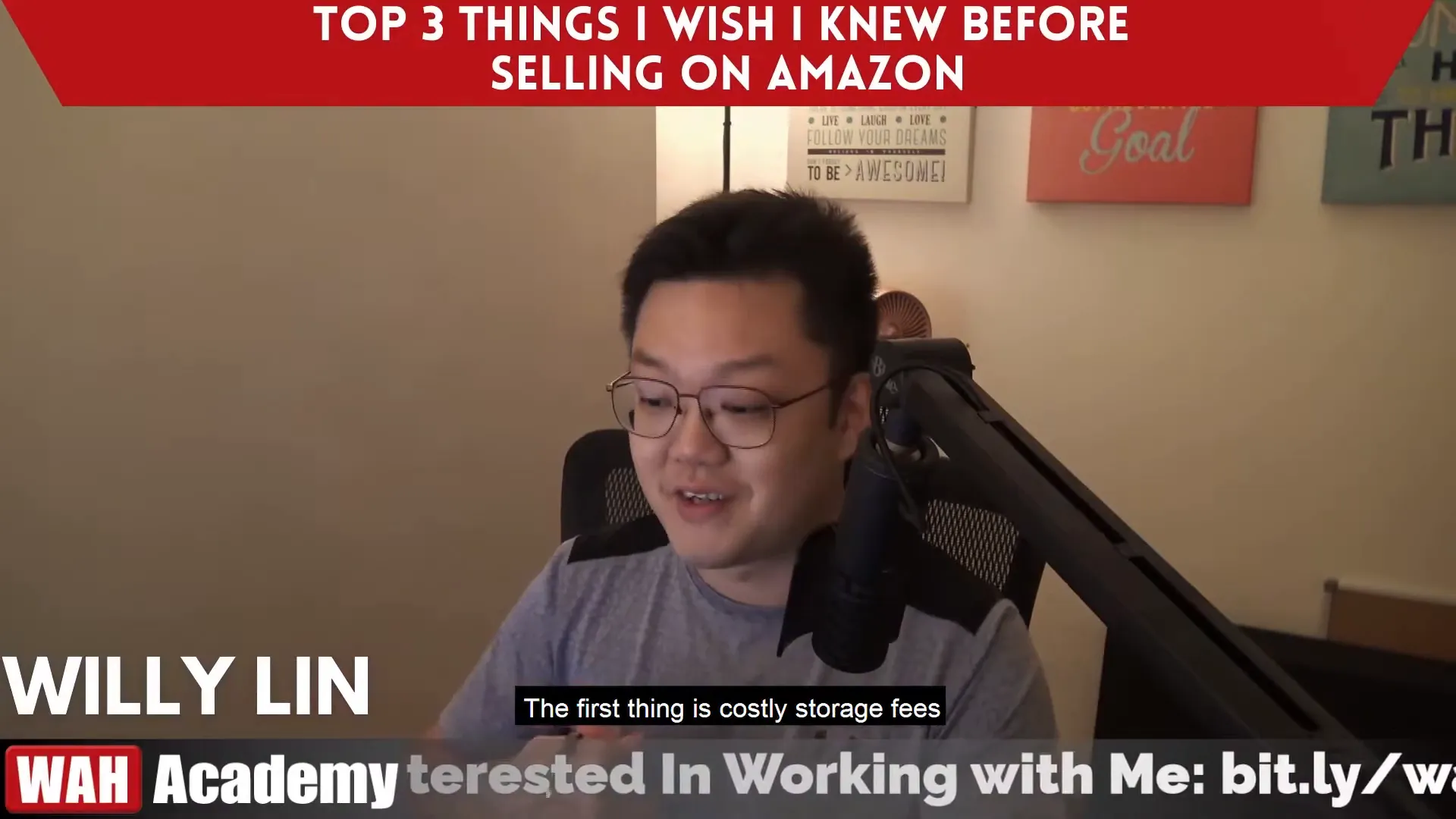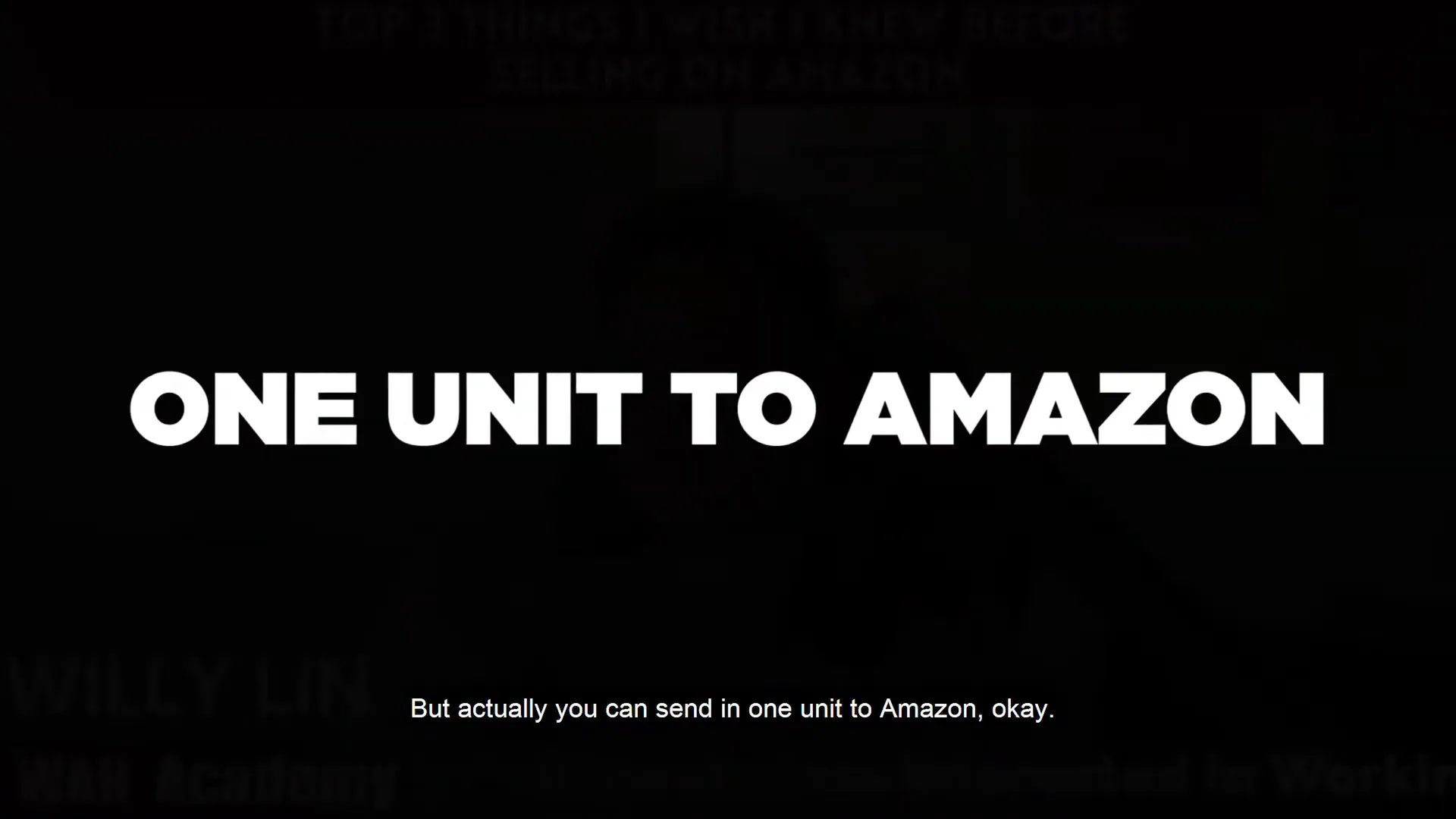Selling on Amazon: Top 3 Things I Wish I Knew Before Starting

Embarking on the journey of selling on Amazon can be both exciting and daunting. As a seasoned seller, I’ve encountered numerous challenges that could have been avoided with the right knowledge. In this blog, I’ll share the top three things I wish I knew before I started selling on Amazon, which can help you navigate the complexities of eCommerce more smoothly.
Table of Contents
- Understanding Costly Storage Fees
- The Power of Sending Just One Unit
- Being Firm with Suppliers
- Conclusion
- FAQs
Understanding Costly Storage Fees
One of the first lessons I learned was about the impact of storage fees on profitability. Many new sellers, including myself, make the mistake of purchasing thousands of units upfront, believing that bulk buying will lead to greater savings. However, this often backfires.
Amazon charges long-term storage fees for any inventory that doesn’t sell. If your products sit unsold for too long, these fees can accumulate, costing you thousands of dollars each month. This reality hit me hard when I realized that my unsold inventory was draining my profits instead of generating income.

To avoid this pitfall, it's crucial to manage your inventory wisely. Start small and gradually scale your orders based on sales performance. By monitoring product turnover rates, you can prevent excessive storage fees and maintain a healthier cash flow.
The Power of Sending Just One Unit
Another surprising revelation was that you don’t need to send hundreds of units to Amazon to start selling. Initially, I believed that Amazon required a minimum quantity for inventory acceptance. This misconception led me to overstock my inventory, which only compounded my storage fee issues.
In reality, you can send as little as one unit to Amazon. This approach allows you to test the market without the risk of holding large quantities of unsold products. Many of my students have successfully sent just three to five units, and even one unit, to gauge the response before committing to larger orders.

By adopting this strategy, you can effectively gather data on product performance and customer response, minimizing financial risk while maximizing learning opportunities.
Being Firm with Suppliers
Lastly, I learned the importance of negotiating with suppliers. New sellers often feel pressured to comply with supplier demands for bulk orders, which can lead to unnecessary financial strain. Initially, I lacked the confidence to negotiate and ended up purchasing excessive quantities of products that didn’t sell.
Suppliers often push for large orders because it benefits their bottom line. However, you must prioritize your own business needs. I eventually learned to be firm and request smaller order quantities, which allowed me to test products without incurring heavy losses. This shift in approach significantly improved my inventory management and overall profitability.
Need Help?
Book Your FREE Strategy Session With Our Office Today. We’ll discuss to see if we are a good fit to work together to help you start or scale your ecommerce business.

Instead of succumbing to pressure, focus on building a relationship with your suppliers where you can negotiate favorable terms that align with your business strategy.
Conclusion
In summary, selling on Amazon requires careful planning and strategic decision-making. By understanding the impact of storage fees, leveraging the option to send small quantities, and negotiating effectively with suppliers, you can set yourself up for success in the competitive eCommerce landscape.
FAQs
What are storage fees on Amazon, and how can I avoid them?
Storage fees are charges applied by Amazon for holding your inventory in their warehouses. To avoid them, maintain a healthy turnover rate by only ordering inventory that is likely to sell quickly, and consider using smaller initial shipments to test the market.
Can I really send just one unit to Amazon?
Yes, Amazon allows sellers to send as few as one unit. This is a great way to test the market without taking on significant financial risk.
How do I negotiate with suppliers effectively?
Be firm about your needs and don’t hesitate to ask for smaller order quantities. Establish a rapport with your suppliers and communicate clearly about your business model and goals.
Still Unsure How to Start or Scale Your Amazon Business—Without Wasting Money?
Join our mini-course at WAH Academy and get real advice on launching lean, testing smart, and working with suppliers the right way from day one.
No fluff. No pressure. Just personalized tips to move forward with confidence.
Tap the button and book your spot today.
